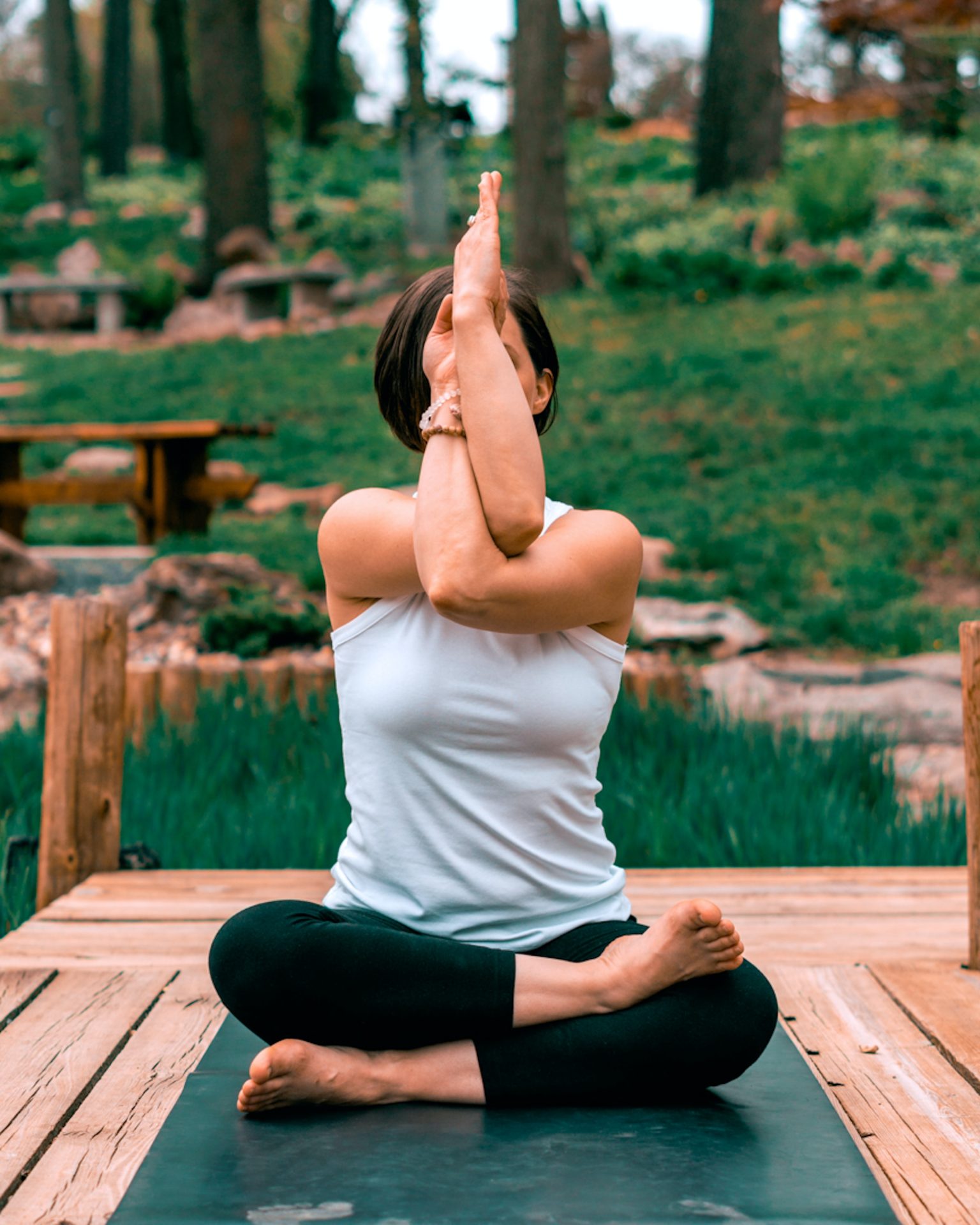Understanding Yoga Asanas: Names And Tips

Before diving in, please note: This post is for informational purposes only. If you’d like to know more about how we approach topics, feel free to check out our friendly Disclaimer Page.
Hey there, amazing readers! 🖐️ Just a quick note: yes, we know there are a lot of ads here. Trust us, we get it—it’s not the prettiest look, but they help us keep this blog alive and kicking. Those pesky little ads cover the costs of all the behind-the-scenes magic, from hosting and tech stuff to creating content we hope you’ll love.
We’re committed to delivering quality posts, and your support (even just sticking around despite the ads) means everything to us. So, bear with us, and thanks for helping us keep the good vibes rolling. Now, on to the fun stuff! 😉
TRANSLATE BUTTON AT THE END OF THE ARTICLE
Introduction to Yoga Asanas
Yoga has been practiced for centuries as a way to promote physical, mental, and spiritual well-being.
One of the key components of yoga practice is asanas, or yoga poses.
Asanas are physical postures designed to promote strength, flexibility, and balance in the body.
They are an essential aspect of any yoga practice, helping practitioners connect with their bodies and minds in a holistic way.
Understanding the different yoga asanas, their names, and how to practice them can greatly enhance your yoga journey.
What Are Yoga Asanas?
Yoga asanas are specific body positions that are held for a period of time to stretch and strengthen different muscle groups.
Each asana has its own unique benefits and targets specific areas of the body.
The word "asana" itself means "seat" or "pose" in Sanskrit, the ancient language of yoga.
There are thousands of yoga asanas, each with its own name and purpose.
Some asanas are simple and easy for beginners, while others are more challenging and require advanced flexibility and strength.
Importance of Yoga Asanas
Yoga asanas play a crucial role in promoting physical health, mental clarity, and emotional well-being.
Regular practice of yoga poses can help improve flexibility, strengthen muscles, improve posture, and enhance overall body awareness.
In addition, asanas are often used as a form of meditation, allowing practitioners to focus on their breath and quiet the mind.
The practice of yoga asanas can also help reduce stress, anxiety, and depression, promoting a sense of inner peace and balance.
Common Yoga Asanas Names
There are numerous yoga asanas with a wide range of names, each serving a specific purpose.
Some of the most common yoga asanas include:
Downward-Facing Dog (Adho Mukha Svanasana)
Child’s Pose (Balasana)
Warrior I (Virabhadrasana I)
Tree Pose (Vrikshasana)
Cobra Pose (Bhujangasana)
Bridge Pose (Setu Bandhasana)
Mountain Pose (Tadasana)
Triangle Pose (Trikonasana)
Plank Pose (Phalakasana)
Corpse Pose (Shavasana)
These are just a few examples of the many yoga asanas that can be practiced to improve strength, flexibility, and overall well-being.
Beginner Yoga Asanas
For beginners, it’s important to start with simple yoga asanas that focus on building strength and flexibility gradually.
Some beginner-friendly yoga poses include:
Mountain Pose (Tadasana): Stand tall with feet hip-width apart and arms alongside the body.
Cat-Cow Pose (Marjaryasana-Bitilasana): Flow between arching and rounding the back to improve spinal flexibility.
Child’s Pose (Balasana): Sit back on your heels, stretch the arms forward, and rest the forehead on the mat.
These beginner yoga asanas help lay the foundation for a strong yoga practice and can be easily incorporated into a daily routine.
Intermediate Yoga Asanas
Intermediate yoga asanas are more challenging and require a deeper level of strength and flexibility.
Some intermediate poses to try include:
Warrior II (Virabhadrasana II): Open the hips and stretch the arms out to the sides while gazing over the front hand.
Boat Pose (Navasana): Sit on the floor, lift the legs, and balance on the sitting bones with the hands reaching forward.
Camel Pose (Ustrasana): Kneel on the mat, arch the back, and reach the hands back to hold the heels.
These intermediate yoga asanas help build on the foundation established by beginner poses and offer a greater challenge for those looking to advance their practice.
Advanced Yoga Asanas
Advanced yoga asanas are the most challenging poses that require a high level of strength, flexibility, and concentration.
Some advanced poses to explore include:
Handstand (Adho Mukha Vrksasana): Balance on the hands with the legs extended vertically overhead.
Scorpion Pose (Vrschikasana): Arch the back deeply and reach the feet toward the head in a backbend.
Peacock Pose (Mayurasana): Balance on the hands with the elbows bent into the abdomen and legs lifted off the ground.
Advanced yoga asanas should only be attempted by experienced practitioners under the guidance of a qualified yoga instructor to prevent injury and ensure proper alignment.
Tips for Practicing Yoga Asanas
To get the most out of your yoga practice, consider the following tips when practicing yoga asanas:
Warm up before starting your practice to prepare the body for movement.
Focus on your breath and move mindfully through each pose.
Listen to your body and modify poses as needed to avoid strain or injury.
Stay present and aware of how each pose feels in your body.
Practice regularly to build strength, flexibility, and balance over time.
By incorporating these tips into your yoga practice, you can deepen your understanding of yoga asanas and experience the full benefits of your practice.
Benefits of Regular Asana Practice
Regular practice of yoga asanas offers a wide range of benefits for the body, mind, and spirit.
Some of the key benefits of regular asana practice include:
Increased flexibility and range of motion in the joints.
Improved strength and muscle tone throughout the body.
Enhanced posture and alignment for better overall body mechanics.
Reduced stress, anxiety, and depression through mindful movement and breath work.
Greater mind-body connection and overall sense of well-being.
By incorporating yoga asanas into your daily routine, you can experience these benefits and cultivate a deeper connection with yourself and the world around you.
Precautions for Yoga Asanas
While yoga asanas offer many benefits, it’s important to practice safely and mindfully to prevent injury.
Some precautions to keep in mind when practicing yoga poses include:
Listen to your body and avoid pushing yourself beyond your limits.
Work with a qualified yoga instructor to learn proper alignment and technique.
Avoid practicing advanced poses without proper preparation and guidance.
If you have any injuries or medical conditions, consult with a healthcare provider before starting a yoga practice.
Stay hydrated and take breaks as needed during your practice to prevent overheating and fatigue.
By taking these precautions and practicing with awareness, you can enjoy the benefits of yoga asanas while minimizing the risk of injury.
Incorporating Yoga Asanas into Daily Routine
To make yoga asanas a regular part of your daily routine, consider the following tips:
Set aside a specific time each day for your yoga practice, whether it’s in the morning, afternoon, or evening.
Create a dedicated space for your practice where you can move freely and comfortably.
Start with a short practice and gradually increase the duration and intensity of your poses over time.
Explore different styles of yoga and asanas to keep your practice interesting and engaging.
Listen to your body and adjust your practice as needed based on how you feel each day.
By incorporating yoga asanas into your daily routine, you can experience the transformative power of yoga practice and cultivate a deeper connection with yourself and the world around you.
Conclusion: Embracing Yoga Asanas
In conclusion, understanding yoga asanas, their names, and how to practice them is essential for anyone looking to deepen their yoga practice and experience the full benefits of yoga.
Whether you’re a beginner just starting out or an advanced practitioner looking to challenge yourself, there are yoga asanas for every level of experience and ability.
By incorporating yoga poses into your daily routine and practicing with mindfulness and awareness, you can improve your physical health, mental clarity, and emotional well-being.
Embrace the practice of yoga asanas and discover the transformative power of this ancient practice in your own life.

The Enlightenment Journey is a remarkable collection of writings authored by a distinguished group of experts in the fields of spirituality, new age, and esoteric knowledge.
This anthology features a diverse assembly of well-experienced authors who bring their profound insights and credible perspectives to the forefront.
Each contributor possesses a wealth of knowledge and wisdom, making them authorities in their respective domains.
Together, they offer readers a transformative journey into the realms of spiritual growth, self-discovery, and esoteric enlightenment.
The Enlightenment Journey is a testament to the collective expertise of these luminaries, providing readers with a rich tapestry of ideas and information to illuminate their spiritual path.
Our Diverse Expertise 🌟
While our primary focus is on spirituality and esotericism, we are equally passionate about exploring a wide range of other topics and niches 🌍📚. Our experienced team is dedicated to delivering high-quality, informative content across various subjects ✨.
To ensure we provide the most accurate and valuable insights, we collaborate with trusted experts in their respective domains 🧑🏫👩🏫. This allows us to offer well-rounded perspectives and knowledge to our readers.
Our blog originally focused on spirituality and metaphysics, but we’ve since expanded to cover a wide range of niches. Don’t worry—we continue to publish a lot of articles on spirituality! Frequently visit our blog to explore our diverse content and stay tuned for more insightful reads.






